Language
You can read the magazine in one of the following languages
Geolocation
You can read the global content or the content from your region
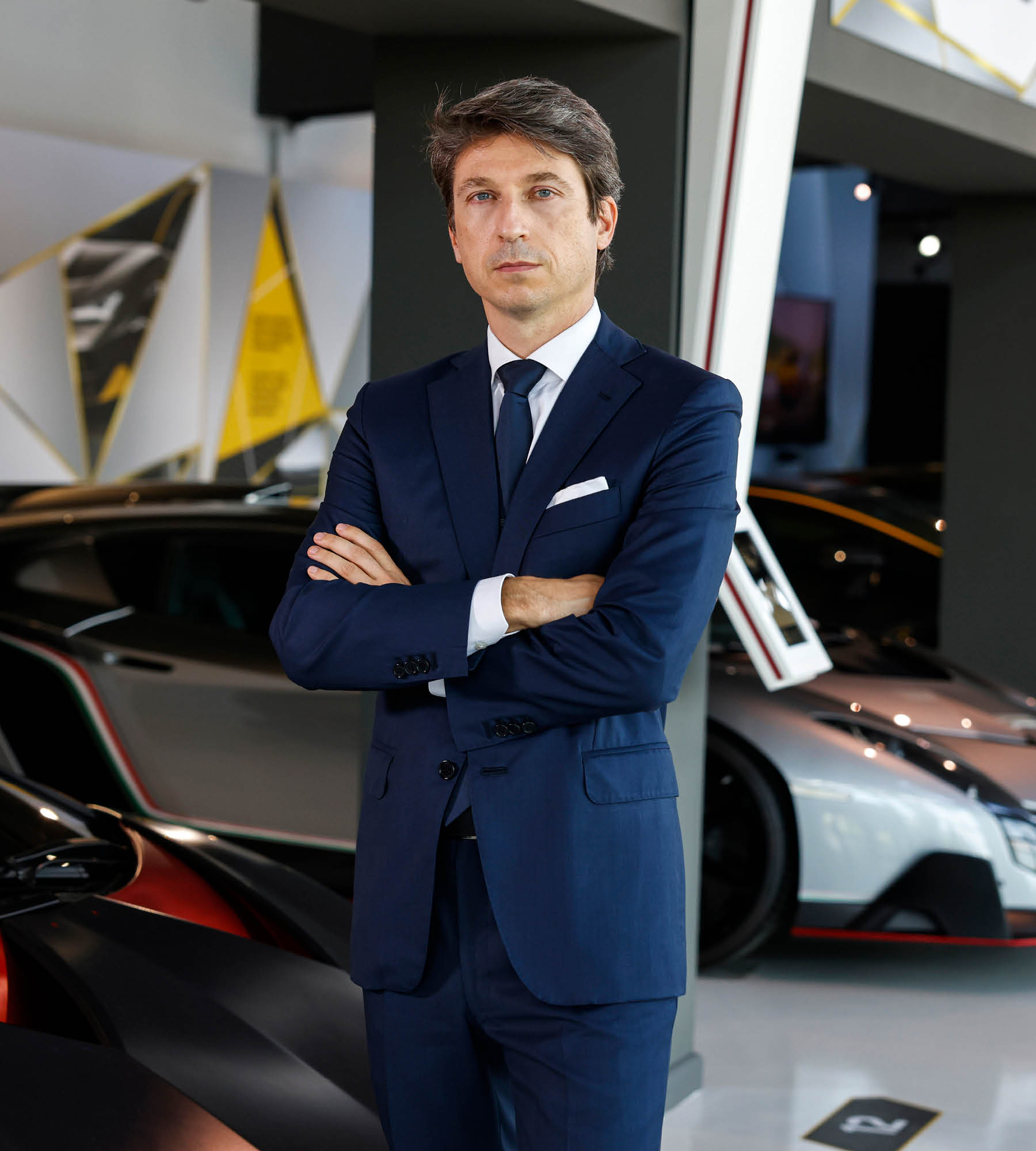
Renowned for its profound passion for love, life and food, Italy imbues even the world of work with this delicious intensity. As Andrea Baldi, CEO of Automobili Lamborghini Americas, likes to say: “Americans live to work, Italians work to live.” It’s a cultural quirk that he believes is behind the success of the luxury car manufacturer.
“I’m very lucky in a way that I have grown up in a country that puts a lot of emphasis not just on working per se and generating profit, but also doing something that you like,” he tells The CEO Magazine.
“There’s something intangible that you experience working for this company and it gives you extra motivation. We need to enjoy what we do.”
It’s a drive he also experienced during his time at previous employer Ducati – another archetypal Italian brand. “It’s probably one of the secrets behind why these two companies have really made history in their own way,” he reflects. “Although they are small companies, certainly not the biggest, they have somehow become some of the most iconic in their respective fields.”
He spent 10 years at the motorcycle manufacturer, an experience that saw him sent to work in the United States for the first time. It also laid the foundations for his current role. “Both Ducati and Lamborghini share the same origin because they are both from the province of Bologna,” he explains.
It was while he was based in China for Ducati that he first met with Lamborghini and was convinced to make the switch. “The opportunity to add a couple of wheels was a huge temptation,” he says with a smile. “Also, the chance to upgrade from the premium segment to luxury was another important element.”
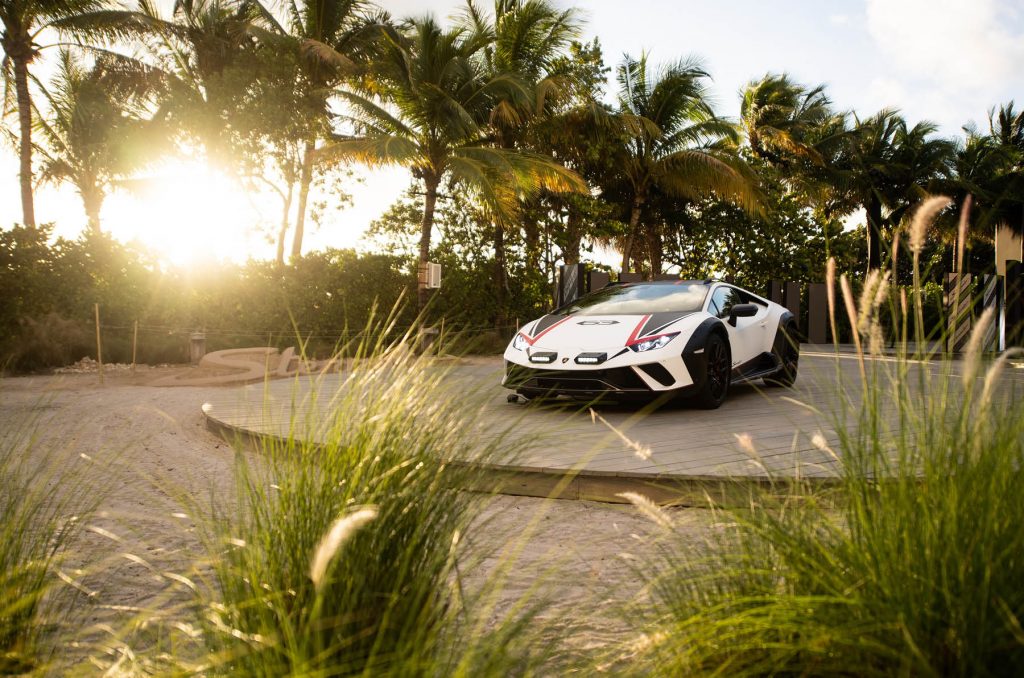
“There’s something intangible that you experience working for this company and it gives you extra motivation.”
He remained in Asia in his new role, gradually gaining responsibility for the entire Asia–Pacific region. Then he moved over to Europe, the Middle East, Africa and Russia. “Then there was the possibility to go to America,” Baldi recalls.
“That was not just completing my tour around the world with this company, but also gave me the opportunity to come back to the United States after more than 20 years and in a different role.”
It was not just any role – as leader of the Americas team, Baldi took on responsibility for the company’s most mature market. The United States accounts for 29 percent of Lamborghini’s sales.
“Americas is not just the United States – it’s also Canada, Mexico, Brazil, Peru. But for us, the United States is clearly a huge market,” he explains.
“It’s the most complex from a regulation point of view so it’s extremely important at any point to measure yourself against these kinds of regulations, laws and ever more innovative retail dynamics. It’s evolving at a speed that is particularly fast and that I have seen probably only in China.”
In line with the automotive industry as a whole, Lamborghini’s journey towards electrification is accelerating with a clear road map in place, thanks in large part to Chairman and CEO Stephan Winkelmann, who returned to head up the company in December 2020.
“It’s a huge investment in the first place, because our cars currently are all internal combustion engines, which is so relevant for super sports car owners and for the tradition of this specific segment,” Baldi explains.
Although its volumes are comparatively small, it has become a priority for Lamborghini to gradually become CO2 neutral. Part of this plan is to hybridize its Aventador and Huracán models. “These are the super sports cars, which have really made history in every sense for Automobili Lamborghini because they’ve been the best sellers in their respective segments,” Baldi says.
“We are also in the middle of the lifecycle of Urus, a car that has also been a game-changer – in this case in terms of volumes – so we will hybridize the Urus in the second part of its lifecycle.”
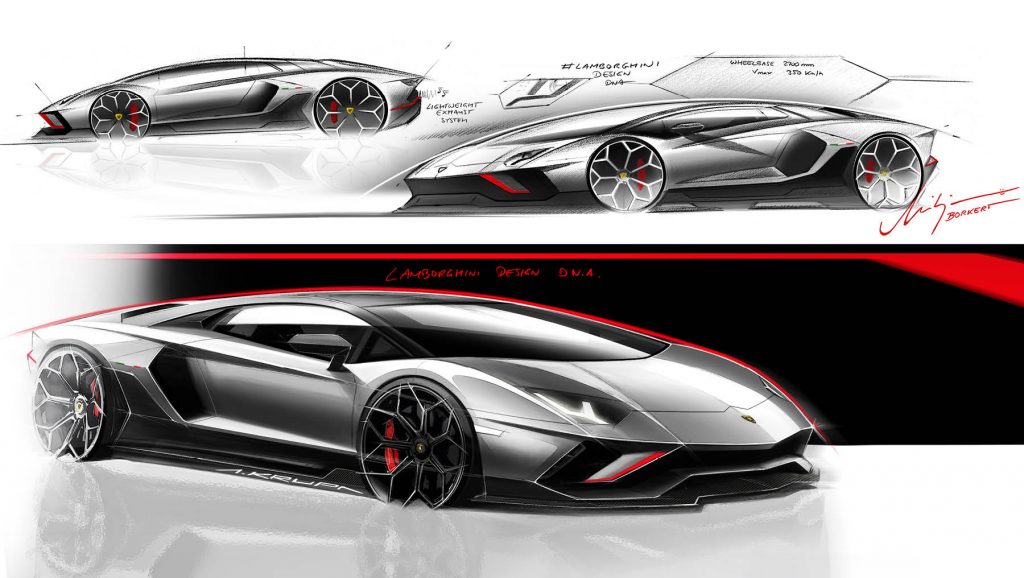
“We are looking at how to make engines that are zero emissions that can still represent the kind of complexity that customers appreciate in the powertrain.”
In 2023, Lamborghini will launch the V12 successor of the Aventador. “It will be a hybrid, and we think that we really have nailed the perfect synergy between an electric engine and our internal combustion engine,” he says.
“We like the mechanical complexity of an internal combustion engine, and so we are looking at how to make engines that are zero emissions that can still represent the kind of complexity that customers appreciate in the powertrain,” he says. “In the next decade, by the time the regulations require zero emissions, we believe there will also be synthetic fuels, which could sort out one of the biggest question marks – how can we continue to use the existing cars in our customers’ collections?”
Baldi adds that Lamborghini hopes to produce an entirely electrified model within five years. “We are debating the opportunity of having a fourth family added to our portfolio,” he says. “Lamborghini had one family until the beginning of the century, and then Gallardo marked a big change as the second family. And now we are already at three, so four will be another revolution, but also it will be fully electric if it comes.”
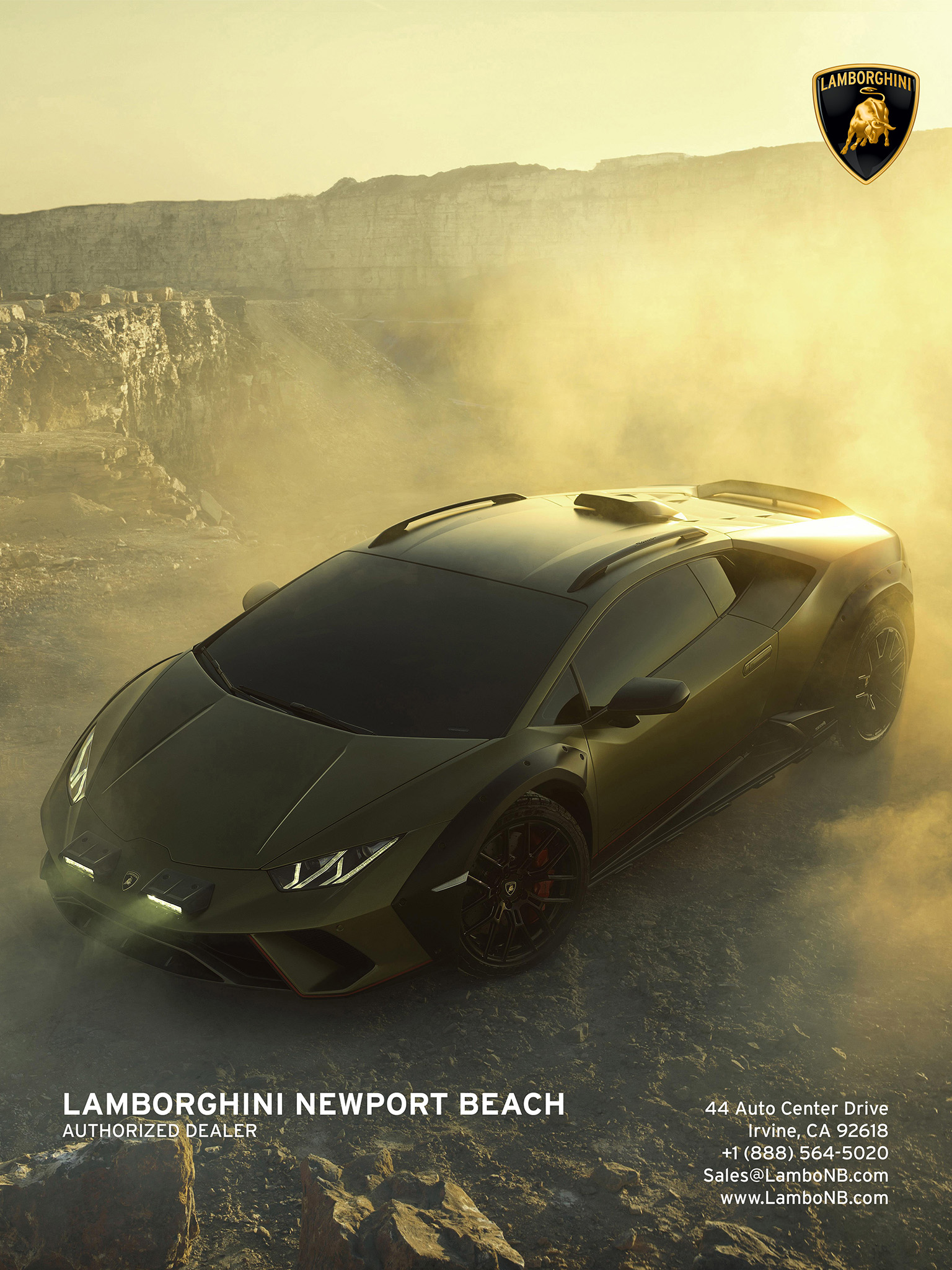
Even if it decides not to make it a quartet, the company still aims to have a fully electrified model by 2028. After all, tapping into the burgeoning demand for electric vehicles (EVs) forms an important part of Lamborghini’s future plans, with Baldi confident about the growth potential.
“We are a company that is relatively small in terms of the number of employees, but huge when it comes to the popularity and awareness that the brand has around the world. And so the opportunity for us to grow is there,” he says.
“Obviously, we need to make sure that if we get the approval of the shareholders, we also have to find a way to bring our values, our performance, our ideas of the super sports car into an electric car, which is something that we haven’t seen at the moment in the market.”
Being first is not the goal, however. Instead of being pioneers in this area, Lamborghini is aiming for an EV that is “authentic to our brand”.
“Some competitor will arrive before us in that segment with a fully electric car. That doesn’t matter to us,” he stresses. “We want to arrive there when we’re ready, not just to be the first per se.”
Investment in R&D is critical for Lamborghini to achieve this ambitious goal and maintain its long-standing reputation for innovation, demonstrated as far back as 1966 with the release of the Miura, the world’s first supercar.
Since then, the Countach, the LM 002, which was the first SUV in the super sports car industry, the Diablo and now the Aventador have cemented Lamborghini’s position as an innovator.
“All of these cars have become icons, not just because they have a very innovative design, but also because we have introduced futuristic solutions that did not exist before in the industry,” Baldi insists.
“This means that for us in the future we will have to keep investing a lot in R&D. The €1.8 billion [US$1.95 billion] that we are investing over five years into our road map of electrification is evidence. It also means that we need to find the inspiration from motor sports for example, then translate what we learn there into our production cars.”
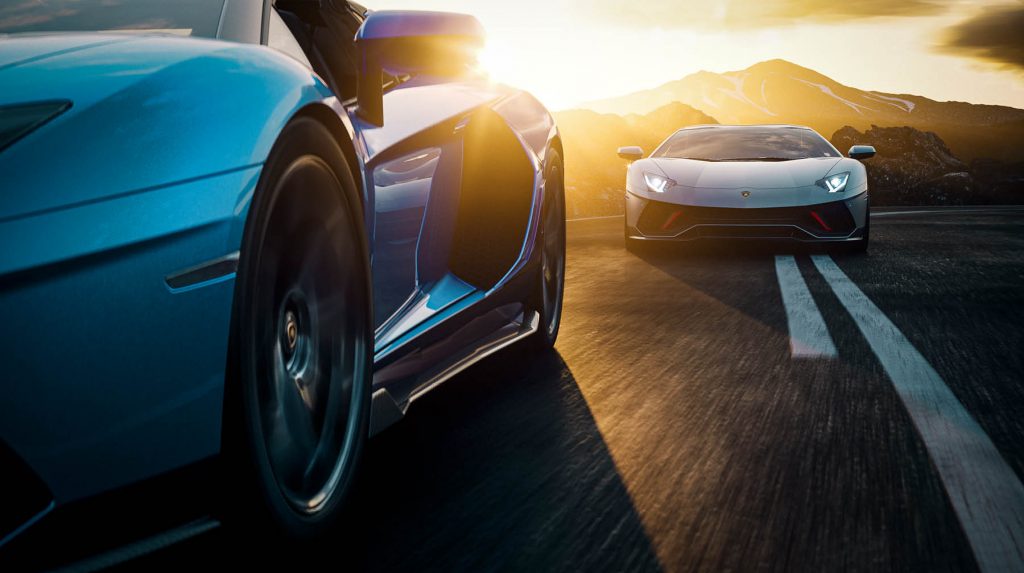
“We’re talking about the ability of the everyday driver, not necessarily a professional pilot, to really leverage all the potential of the car in any possible conditions thanks to the support of these systems.”
Performance is an important area of innovation in which the company is investing heavily, as well as digitalization. “This could mean just mirroring your phone, or adapting traditional technologies to our cars such as the ADAS [advanced driver-assistance system], or the human machine interface, and navigation, and so on,” he expands.
“But I think the best part of innovation that Lamborghini stands for is all the digital systems, the engine control units of the cars that really make it possible to have performance expressed not just by the power of the engine, but by the lap time.
“We’re talking about the ability of the everyday driver, not necessarily a professional pilot, to really leverage all the potential of the car in any possible conditions thanks to the support of these systems that we integrate into the car’s suspension, traction control, torque vectoring, in the adaptive aerodynamics. You name it.”
All of these ingredients need to be combined in a way that is unique, perfectly blending comfort with performance and transforming “something that was extremely intimidating into a high performance, luxury device”.
With Lamborghini’s vehicles coveted by people all over the world, part of the brand’s appeal is its exclusivity. Nonetheless, demand for its ultra-luxurious cars is rising and managing these orders effectively presents a fresh challenge for the company.
“Not just in America, but in general for Automobili Lamborghini, one of the most important areas of improvement is order management,” Baldi says.
“We have demand that has really expanded to the point that we have a long waiting time, and that has also created the opportunity to explain to our customers that we are willing to make a partnership with them.”
This involves a commitment to sell customers the cars at the manufacturer’s suggested retail price if they are prepared to wait patiently and maintain their loyalty to the brand. “We don’t want speculators, we want our customers to collect our products,” Baldi stresses.
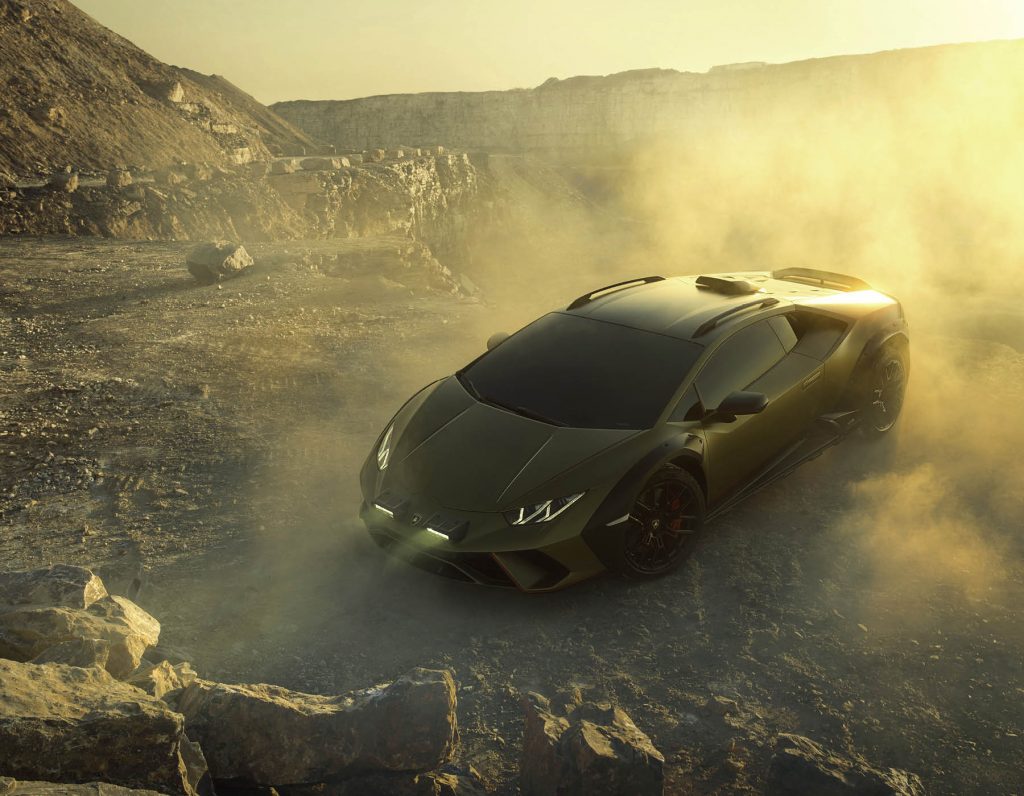
“We are not selling millions of cars, we are delivering thousands of cars per year, so what we really are trying to place importance on is the relationship that we have with our consumers.”
“If they want to resell it for whatever reasons, our dealer network should be the one that manages the repurchase of the cars with them. This way, they can remain among our most privileged customers to whom we will present the cars first and they will always have the chance to buy something that will be scarce.”
After all, this scarcity is part of the company’s winning formula, and supply will remain below demand, according to Baldi, which is why this loyalty is so important. Lamborghini is therefore harnessing data analysis to better understand its customers, but is also placing great emphasis on human interactions.
“We are not selling millions of cars, we are delivering thousands of cars per year, so what we really are trying to place importance on is the relationship that we have with our consumers,” he continues. Events provide these networking opportunities, as does its app Unica. He describes it as an ecosystem that puts the customer within easy touch of both the dealer and manufacturer.
“We are getting to know our customer more and more thanks to systems like Salesforce, our CRM that we have customized to really understand our customer behavior more deeply,” he says. “We are trying to use this to leverage our understanding of our consumer and see that today, for example, our customers are less polarized than they used to be before around only one brand.
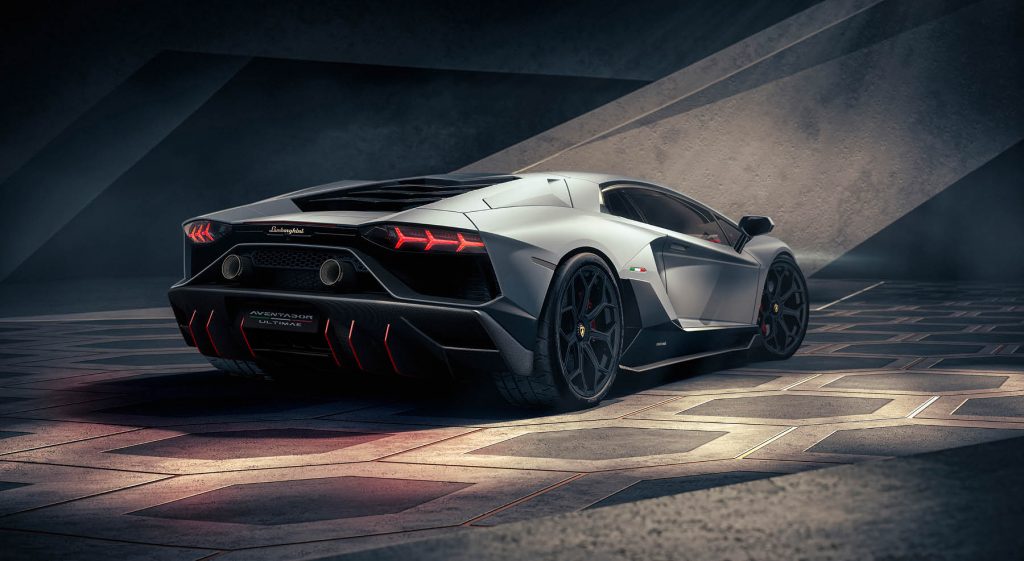
“Today, the reason why Lamborghini is growing so much is also because it’s acquiring a lot of consumers that traditionally have always been very loyal to only one sports car brand. And this is no longer the case.”
Used cars make up another element of this relationship, which extends to the maintenance and repair of the cars. “We want the cars to always be maintained within our official network so we can also ensure the receivable value will increase,” Baldi adds.
And ever present is the goal of improving profitability. “We have a very capital-intensive business that requires huge investments so we need to be extremely profitable to the level that is comparable to the fashion industry, or jewelry, or the watchmaking industry,” Baldi emphasizes.
For Lamborghini, enhanced profitability will come through avenues such as customization, financial services and events. “These provide us with an opportunity to expand our core business around a production that will only marginally grow,” he says.
“We are a luxury brand, we don’t deny that. We want to make the best.”